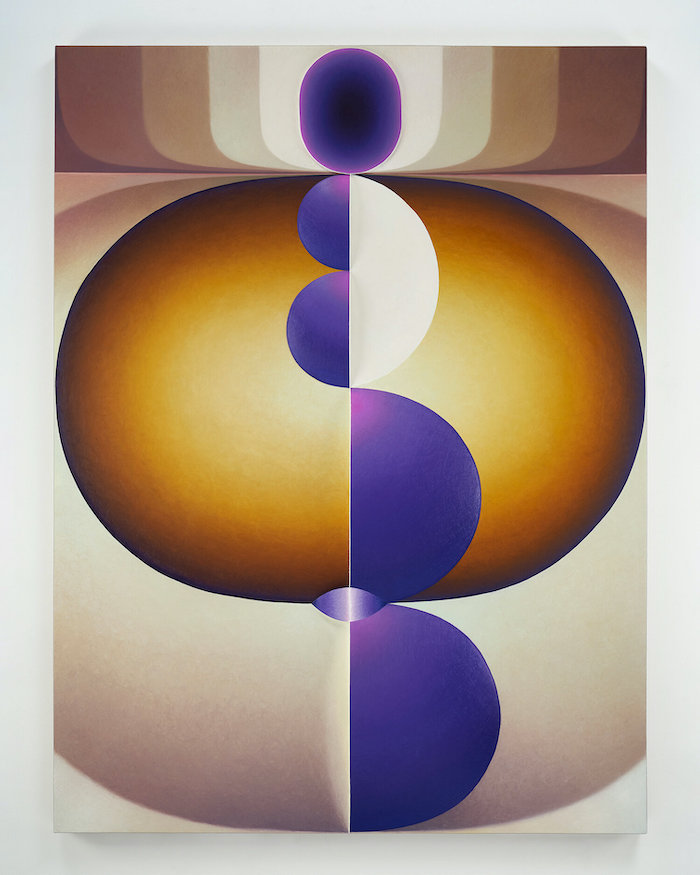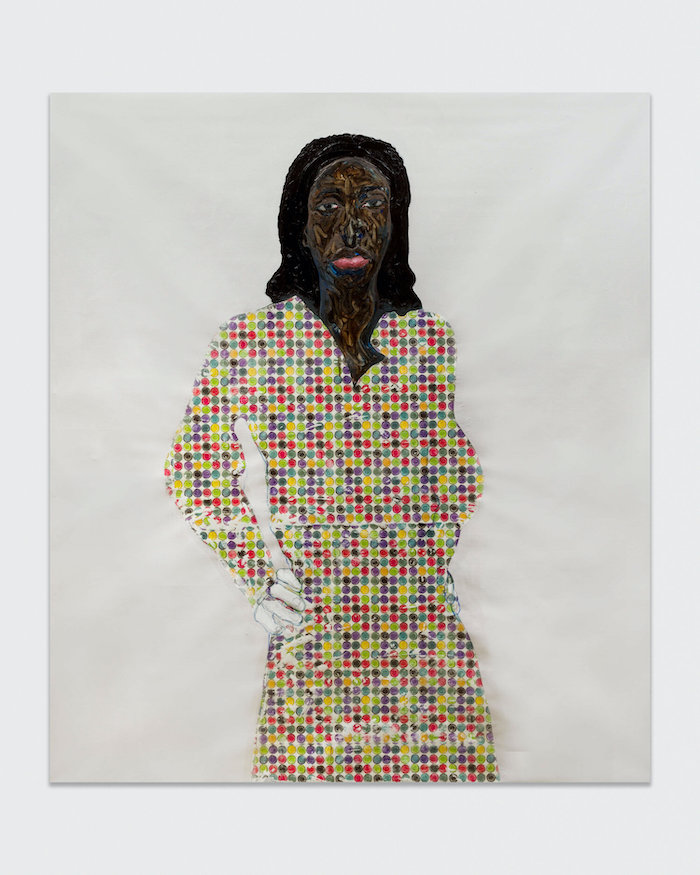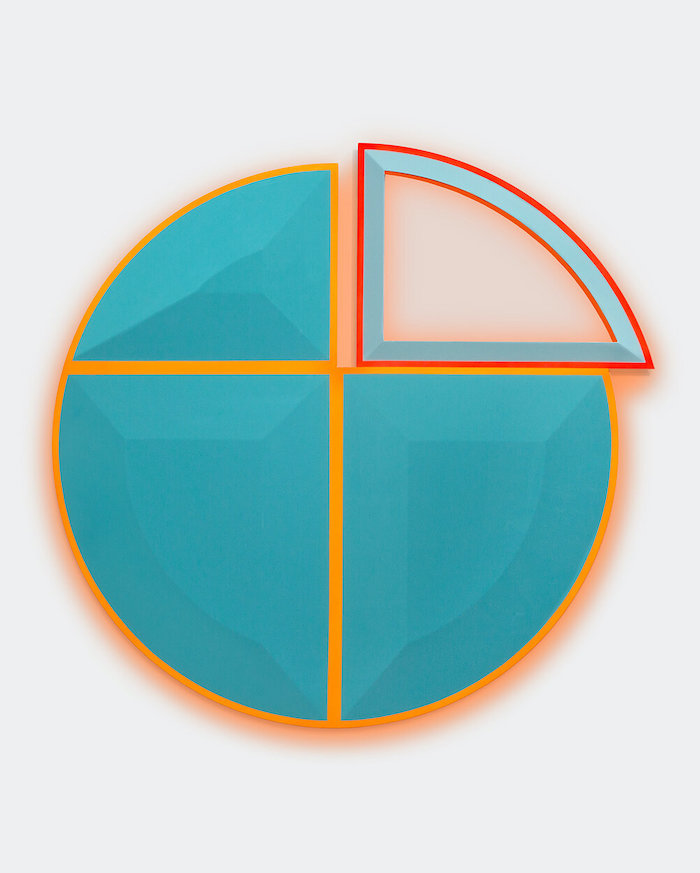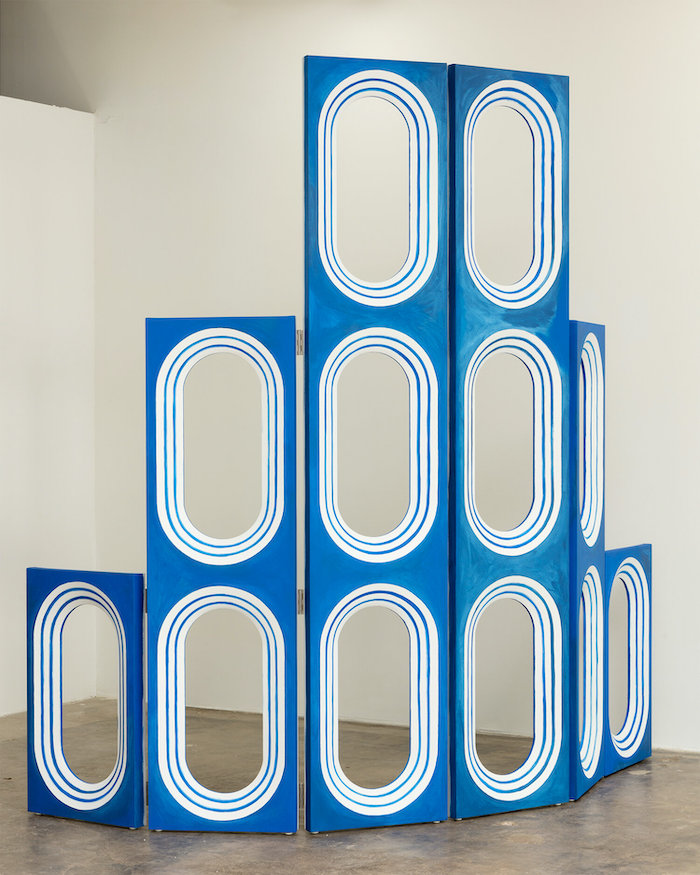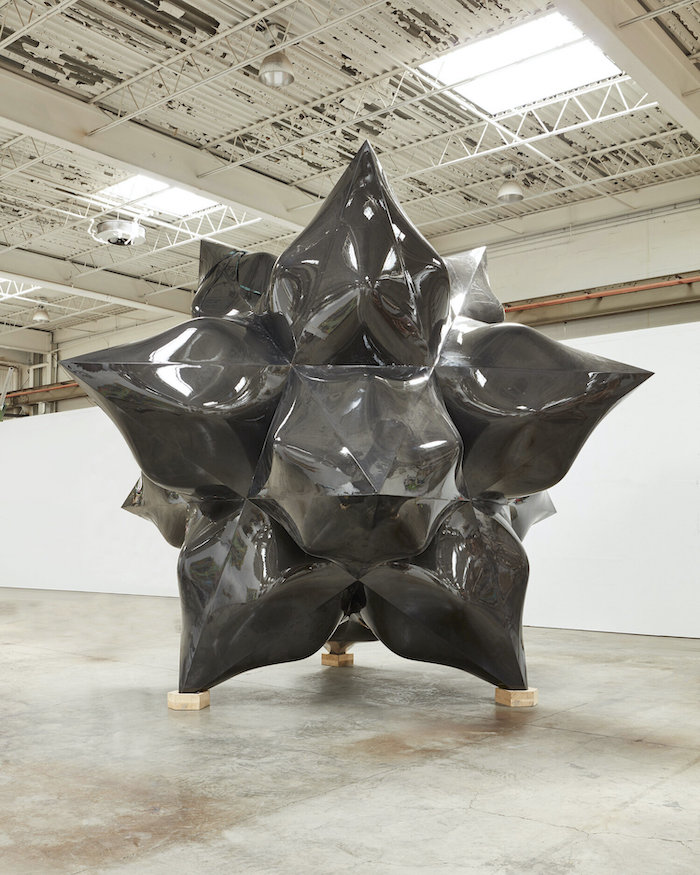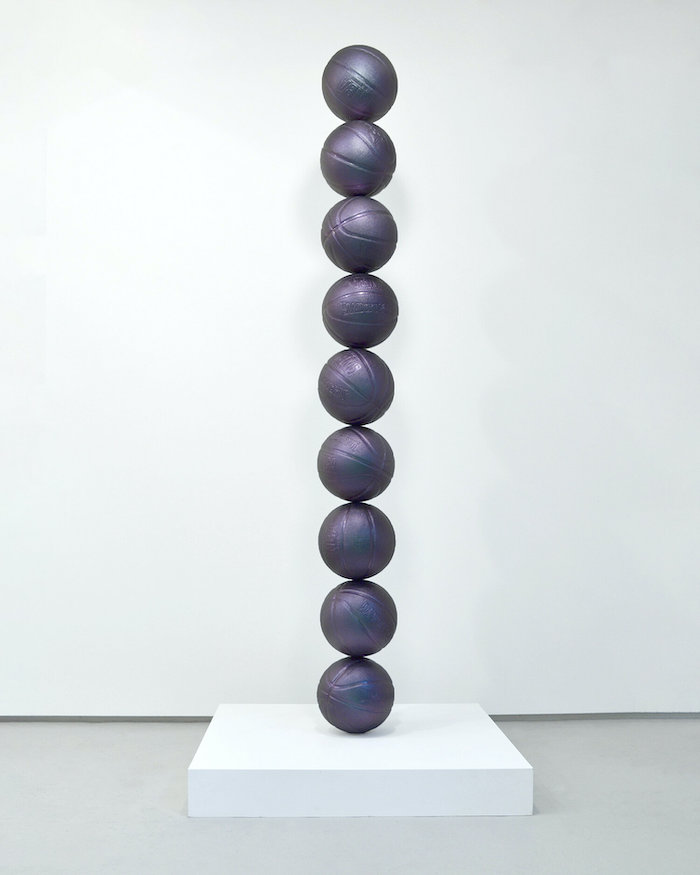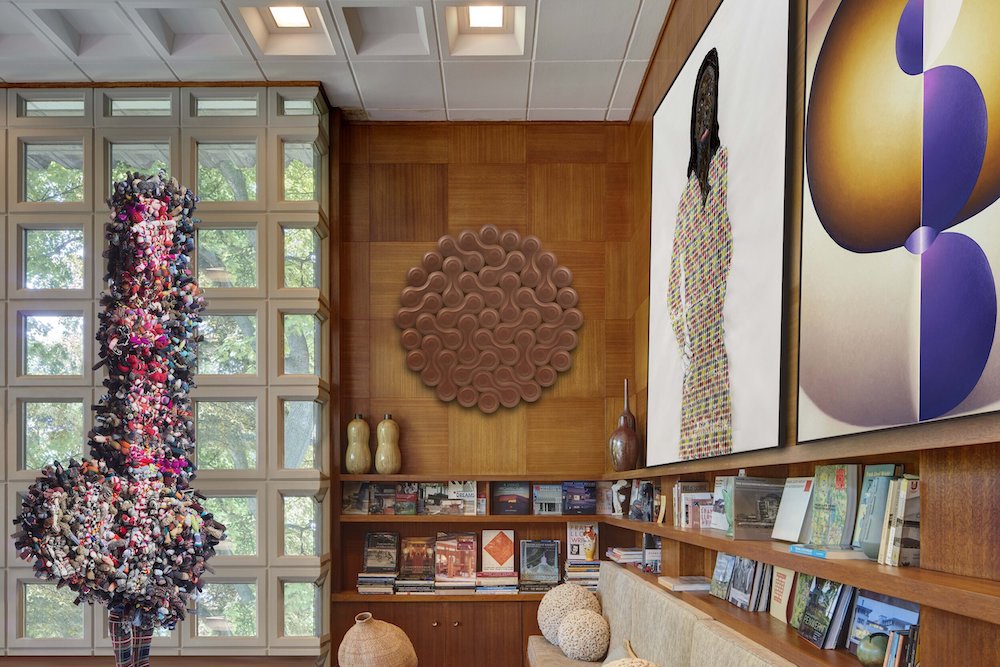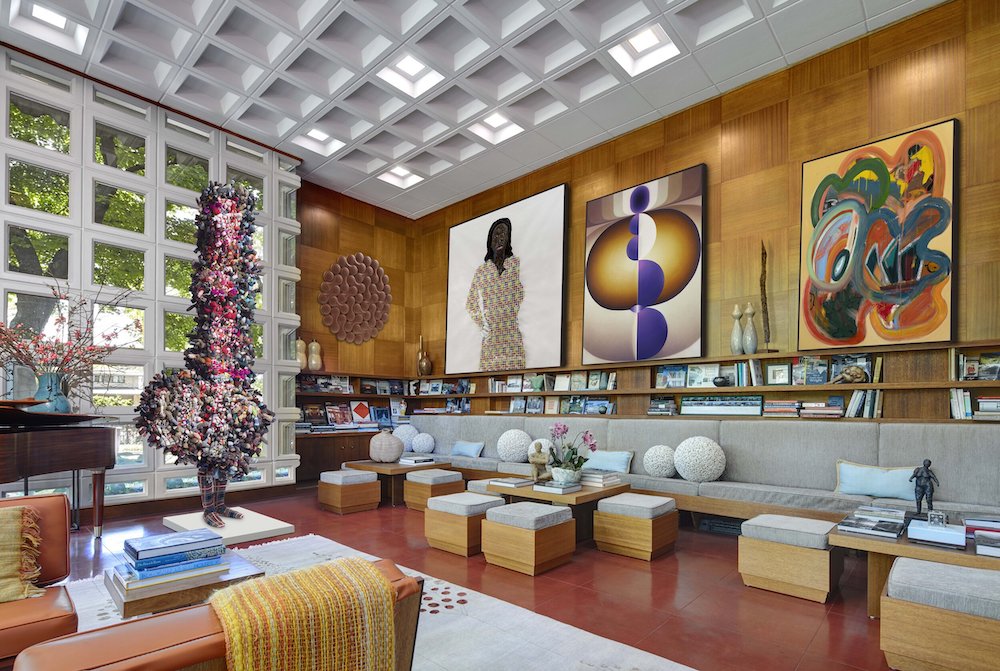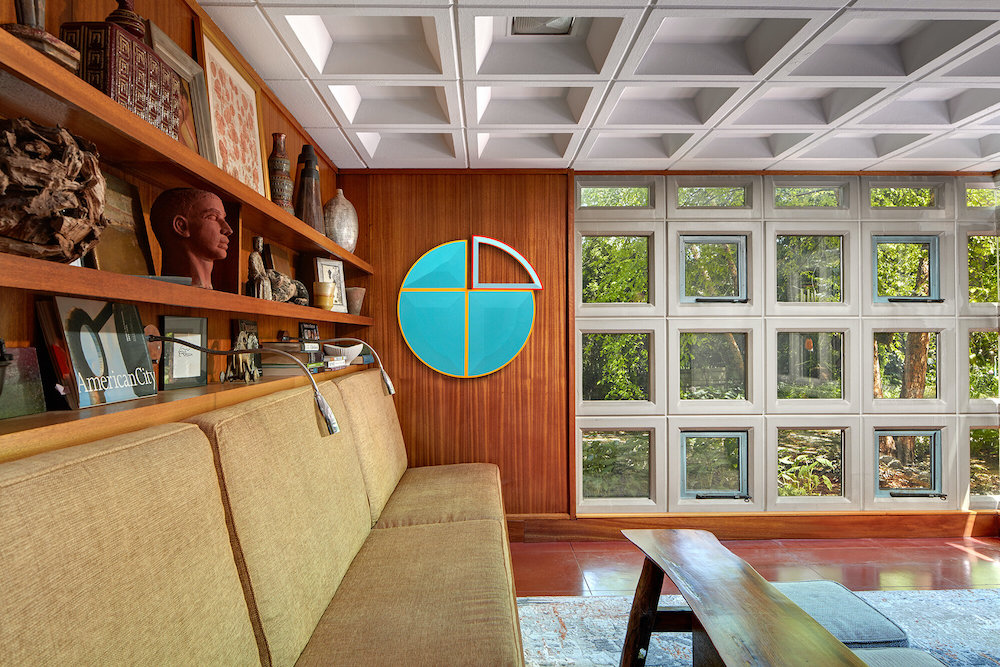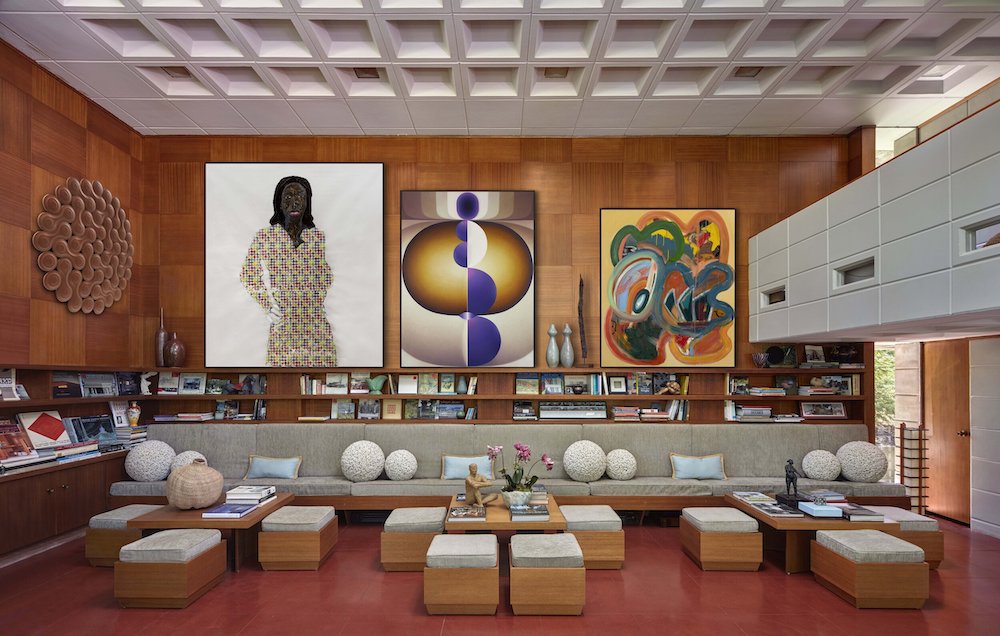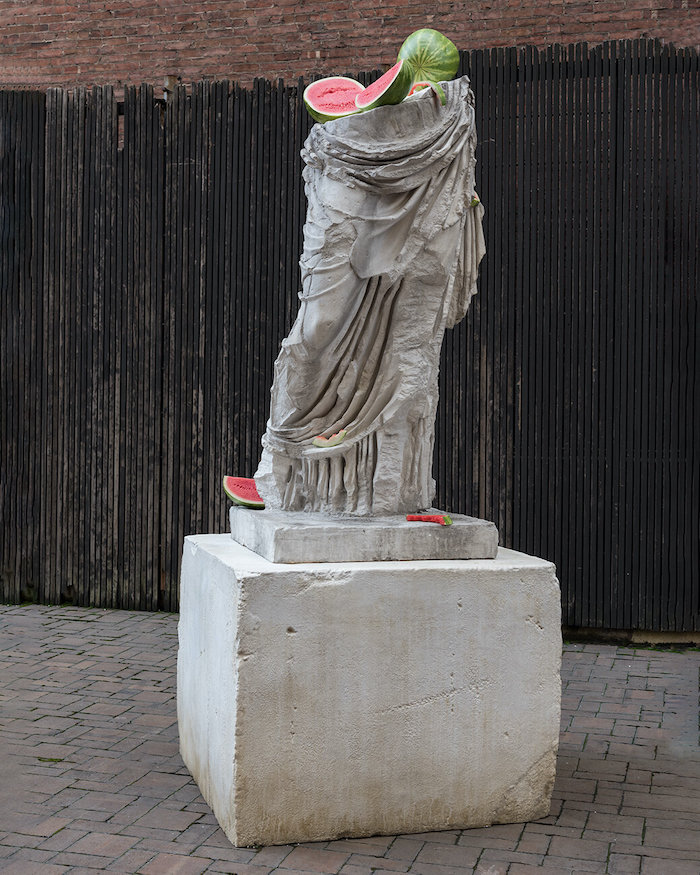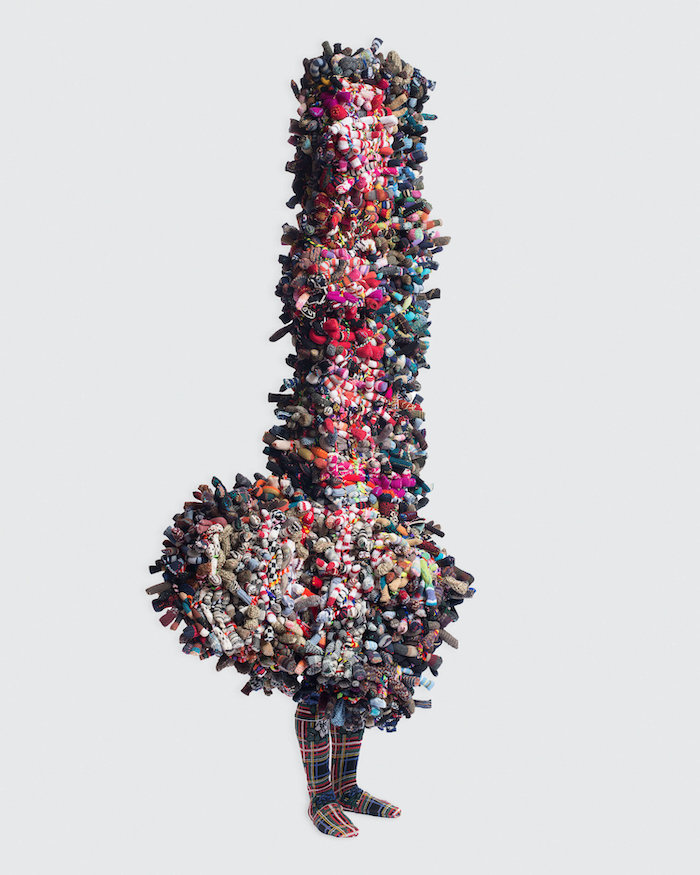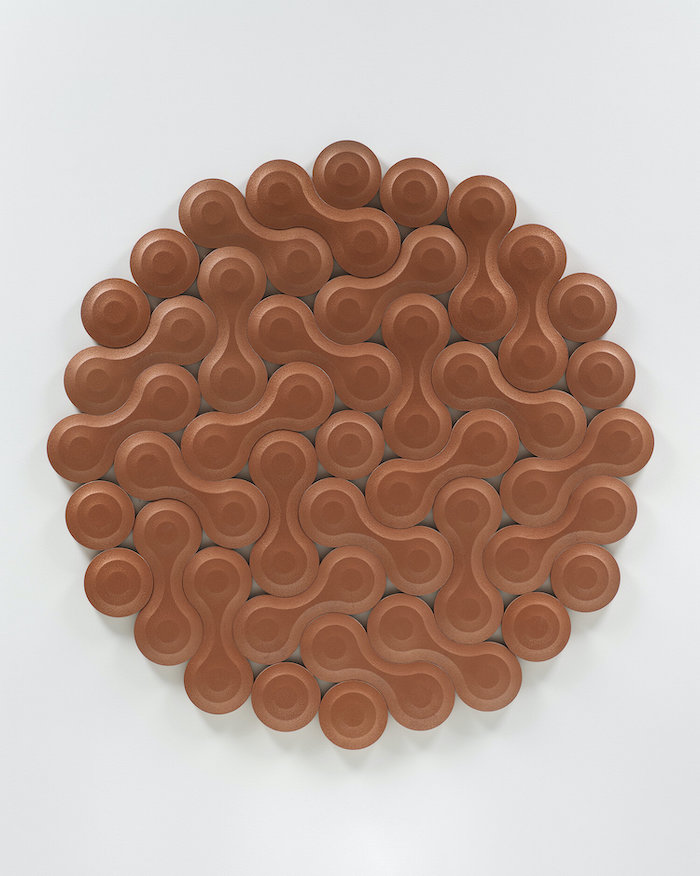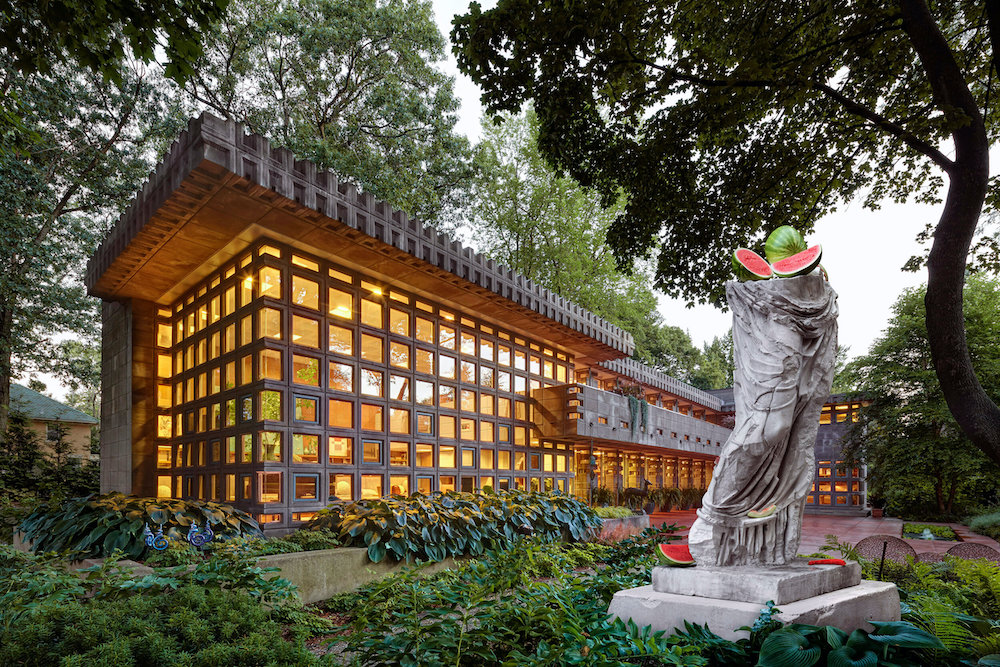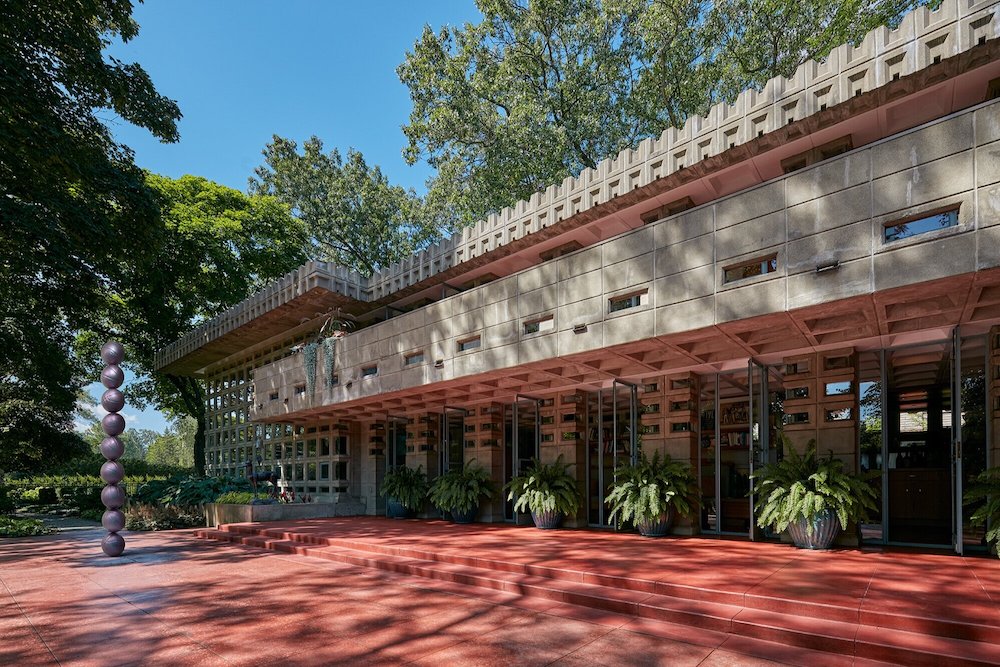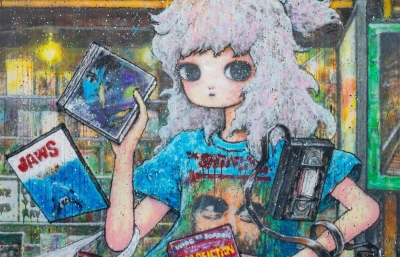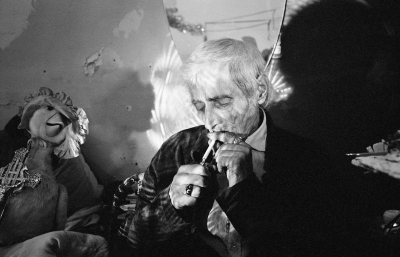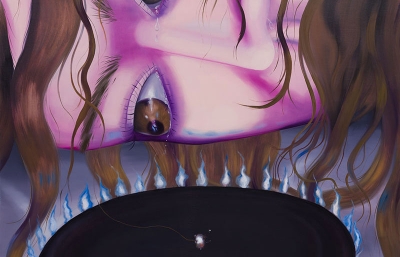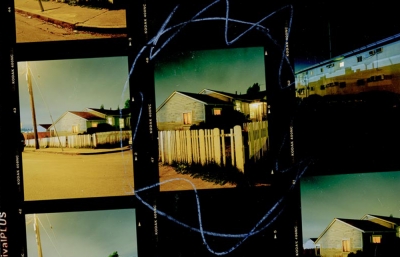The past few years have seen substantial growth and expansion of digital strategies in the art world, adopted in a number of variations by galleries, art fairs, and institutions; these platforms are important to expand audience reach but do little to push conceptual boundaries within the digital realm. Library Street Collective has developed a unique digital connection between the visual arts and the built environment, incorporating aspects of storytelling, architectural history and an artist’s unique perspective through the presentation of SITE: Art and Architecture in the Digital Space. Each exhibition featured within this digital platform will respond to its environment—making connections between art and place.
Library Street Collective has engaged renowned architectural photographer James Haefner to help realize the vision for SITE. Haefner is featured in 'Michigan Modern: Design that Shaped America' and co-creator of 'Michigan Modern: An Architectural Legacy.' The photographer has been key in capturing the architectural imagery for SITE, and because the presentation is entirely digital, he has skillfully and seamlessly rendered the artwork into each environment.
As a means to positively impact our community, Library Street Collective will be donating 10% of the proceeds on any works sold during SITE: Turkel House to Freedom House Detroit, a temporary home for indigent survivors of persecution from around the world who are seeking asylum in the United States and Canada. Guided by their belief that all persons deserve to live free from oppression and to be treated with justice, compassion, and dignity, Freedom House Detroit offers a continuum of care and services to their residents as well as to other refugees in need. The group advocates for systemic change that more fully recognizes the rights of asylum seekers.
At Freedom House Detroit, asylum seekers without resources receive shelter, legal aid, employment readiness training, and access to healthcare. "Freedom House [Detroit] works hard to give us hope. Hope of peace, hope of love, hope of freedom." (P.A. A, Freedom House Detroit Alumnus).
The newest iteration of SITE is set against the organic architecture of Frank Lloyd Wright’s Dorothy G. Turkel House. The only of Wright’s works within Detroit’s city limits, the house was completed in 1958 and remained the home of its namesake until the mid 1970s. In the years succeeding her ownership, the house faced decades of deferred maintenance and vacancy, and was at significant risk of ‘demolition by neglect’ despite its protection as a City of Detroit landmark. By the summer of 2006, the house was in mortgage foreclosure and would require preservation-minded buyers in order to save it.
Working from original archived blueprints, buyers Norm Silk and Dale Morgan hired former Wright apprentice Lawrence Brink to lead the project and spent over 4 years in the pursuit of its rehabilitation. The Turkel House is an example of one of Wright’s Usonian Automatic designs, which grew out of the Usonian construction he originated during the Great Depression. Usonian - which Wright said was short for United States of North America - was a style the architect conceived to realize ‘mass customization’ of homes for the middle class that would reflect the American spirit. The Automatics were built from a concrete masonry system that Wright created in 1949, and though there are hundreds of Usonian homes in existence throughout America, only 7 are Automatics, with the Dorothy G. Turkel house as the largest and the only one built with 2 stories.
For Wright, Usonian architecture provided the building blocks for mass customization as an idealized vision of the United States at its democratic zenith. The architect’s language of geometries, materials, and systems parallel that of the artist, whose unique vocabulary of ideas and forms translate as an essence that carries from work to work throughout their career, always at the service and encouragement of the viewer’s personal and social progress. It is against this backdrop that we examine the elemental and progressive ideas at play within the works of artists Amoako Boafo, Nick Cave, Beverly Fishman, Loie Hollowell, Tony Matelli, Josh Sperling, Frank Stella, Hank Willis Thomas, Blair Thurman, and Austyn Weiner.

